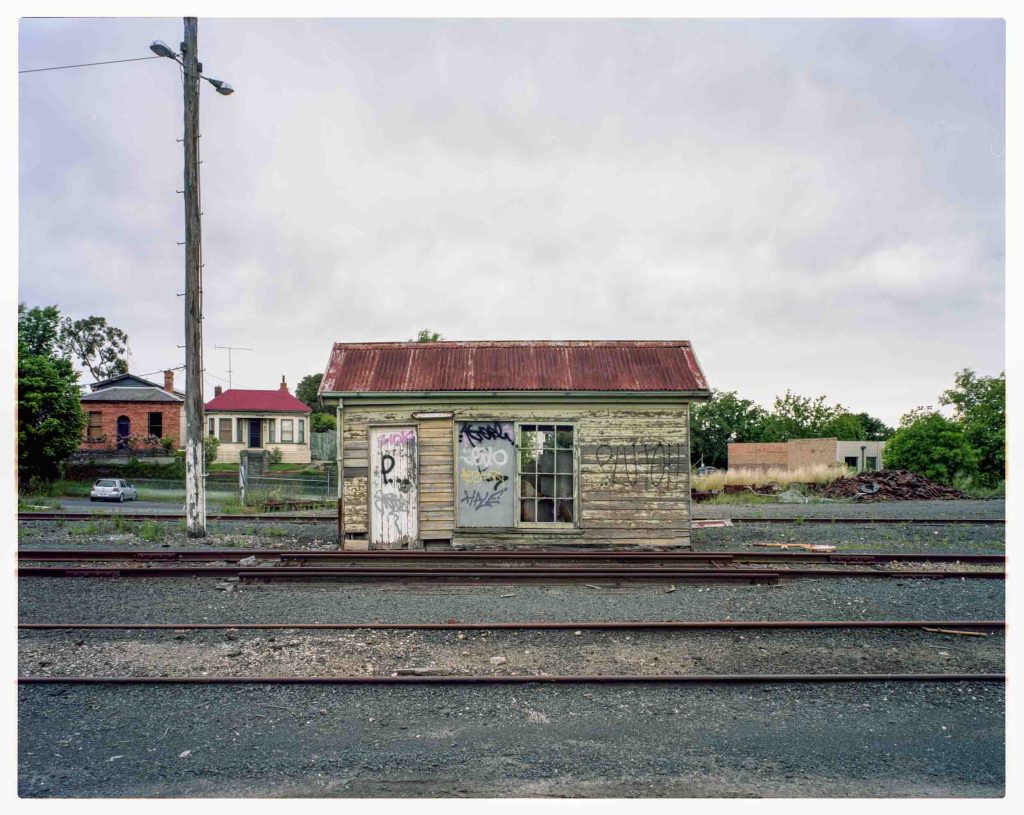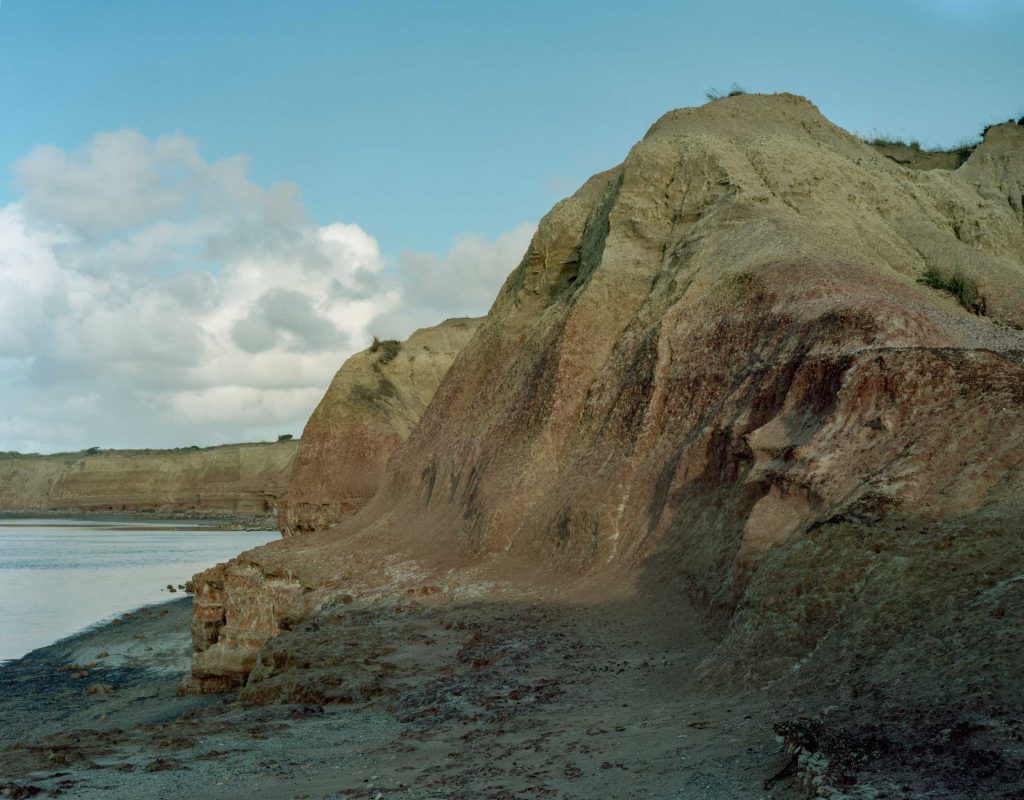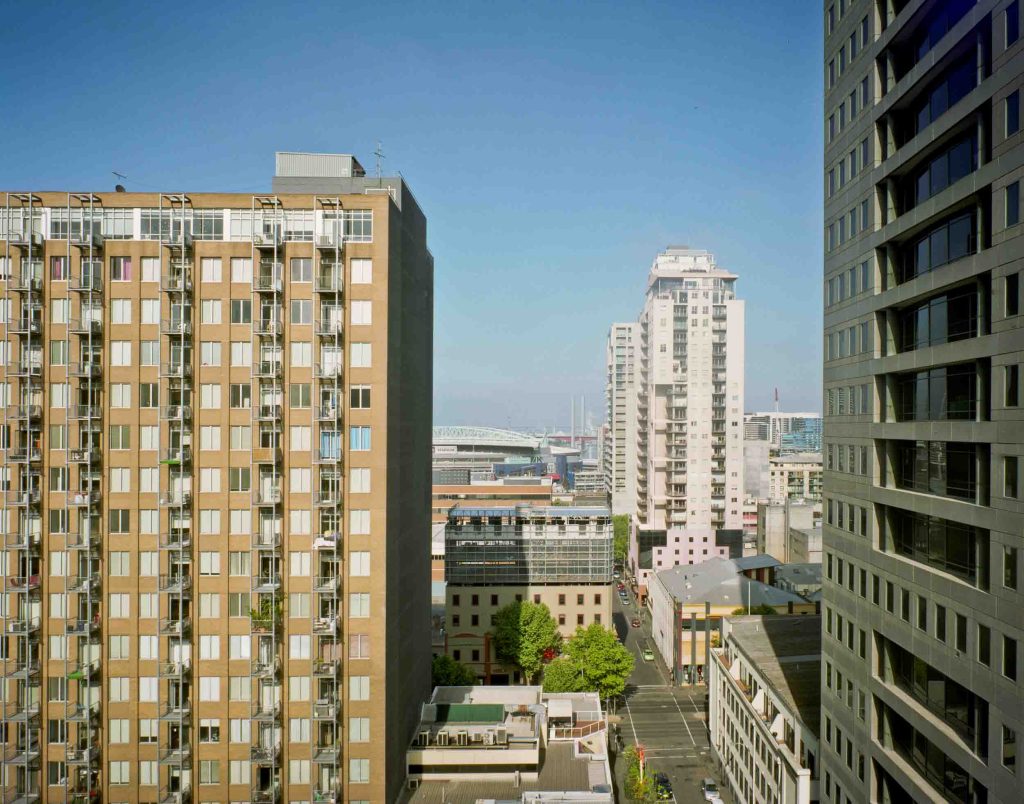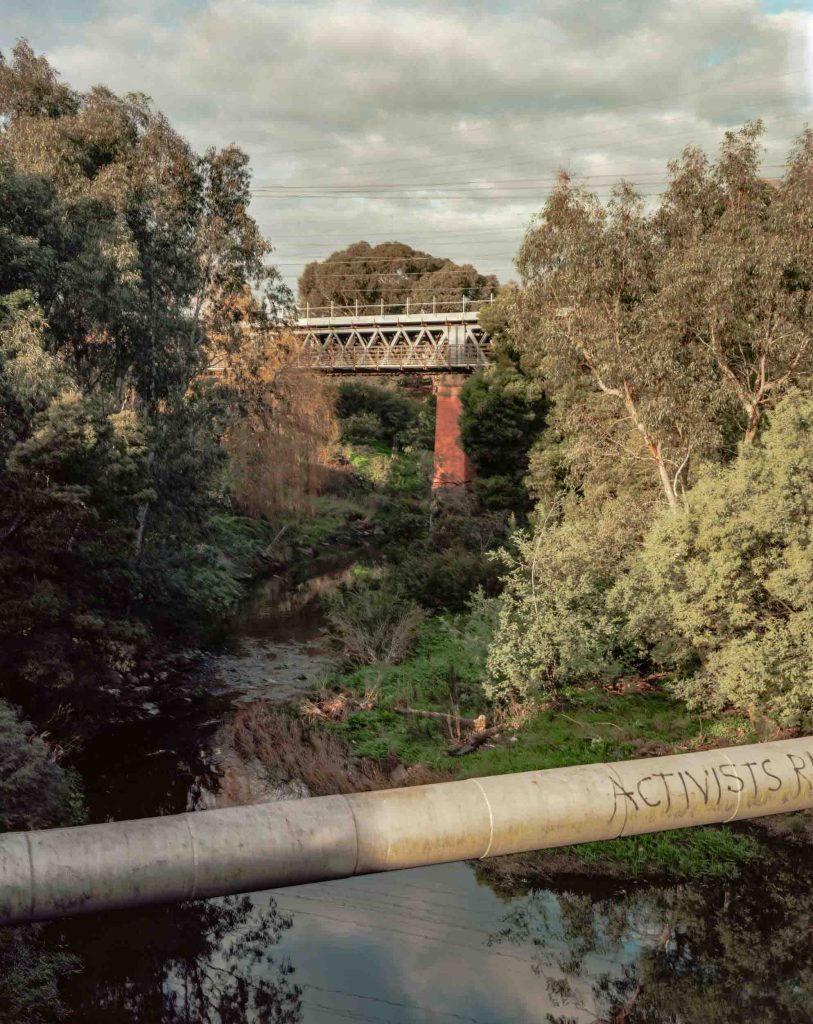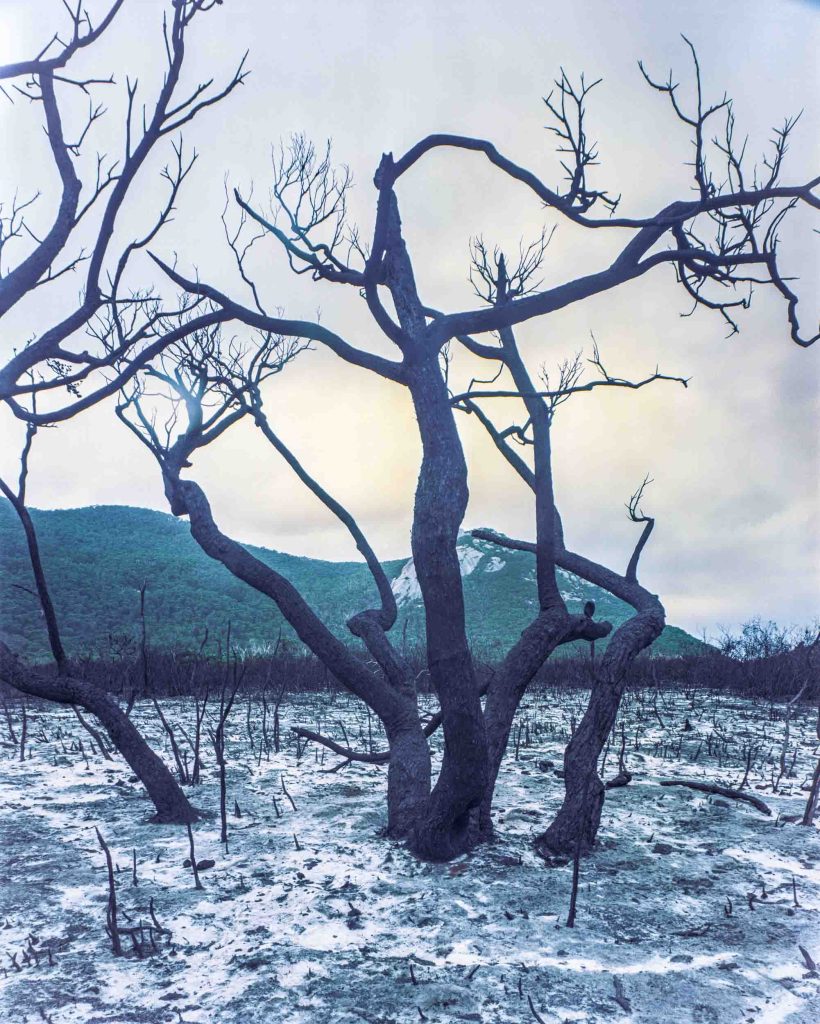This particular Series 1 project develops the potentiality of the last — Roadtrips — section in the Bowden Archives and Industrial Modernity The latter is the seed or embryo of the former with the totality — ie., Roadtrips — being a number of photographic fragments. The relationships between the fragments creates a movement between them.
My knowledge of the tradition of photographic roadtrips — if there is one in Australia — is made up of a multiplies of historical fragments by different photographers (that have not been conceputalized as a whole or unity in the writings of art historians or art critics.
The specific meanings of the various historical fragments of the photographic roadtrips remain potentially alive so that their meanings can be discussed, debated and contested in the present in various writings.
The historical fragments by different photographers (eg., Frank Hurley, Wesley Stacey, Trent Parke, Joyce Evans) have not yet been conceputalized as a whole or unity in the writings of art historians or art critics. That unity would be a particular artistic tradition with its diverse photographies, a canon and a variety of interpretations about these images.
Australian art historians have incorporated the fragments of photographic roadtrips into the MoMA’s grand narrative of trade views, pictorialism and modernism to establish the cultural hegemony of modernism as a period style. Consequently, the genre of roadtrip photography as a type of photography was not considered to be relevant despite Bernard Smith’s conception of the Antipodes in art history as a contemporary way of seeing; one that understood the Antipodes as being defined by the continual movement and interchange of cultural traffic in which each is defined by the other; in Smith’s case Europe by the Pacific, Australia by Europe.
Hans Georg Gadamer argues that is the context within which we make sense of the world and ourselves as our understanding always occurs against the background of our prior involvement, so it always occurs on the basis of our history. Our understanding occurs within the particular horizon that is determined by our historically-determined situatedness. Our understanding is not imprisoned within the horizon of its situation, since the horizon of understanding is always changing as it always subject to the effects of history.



